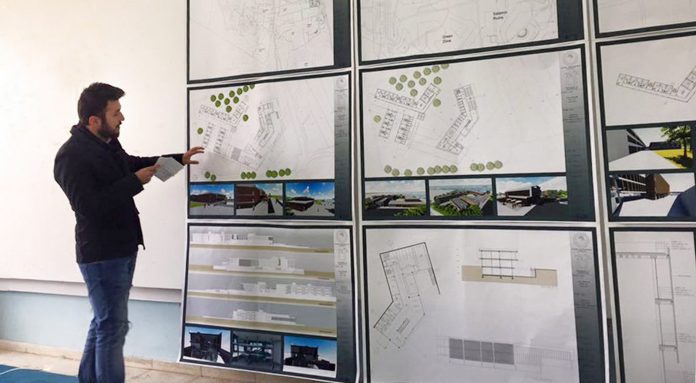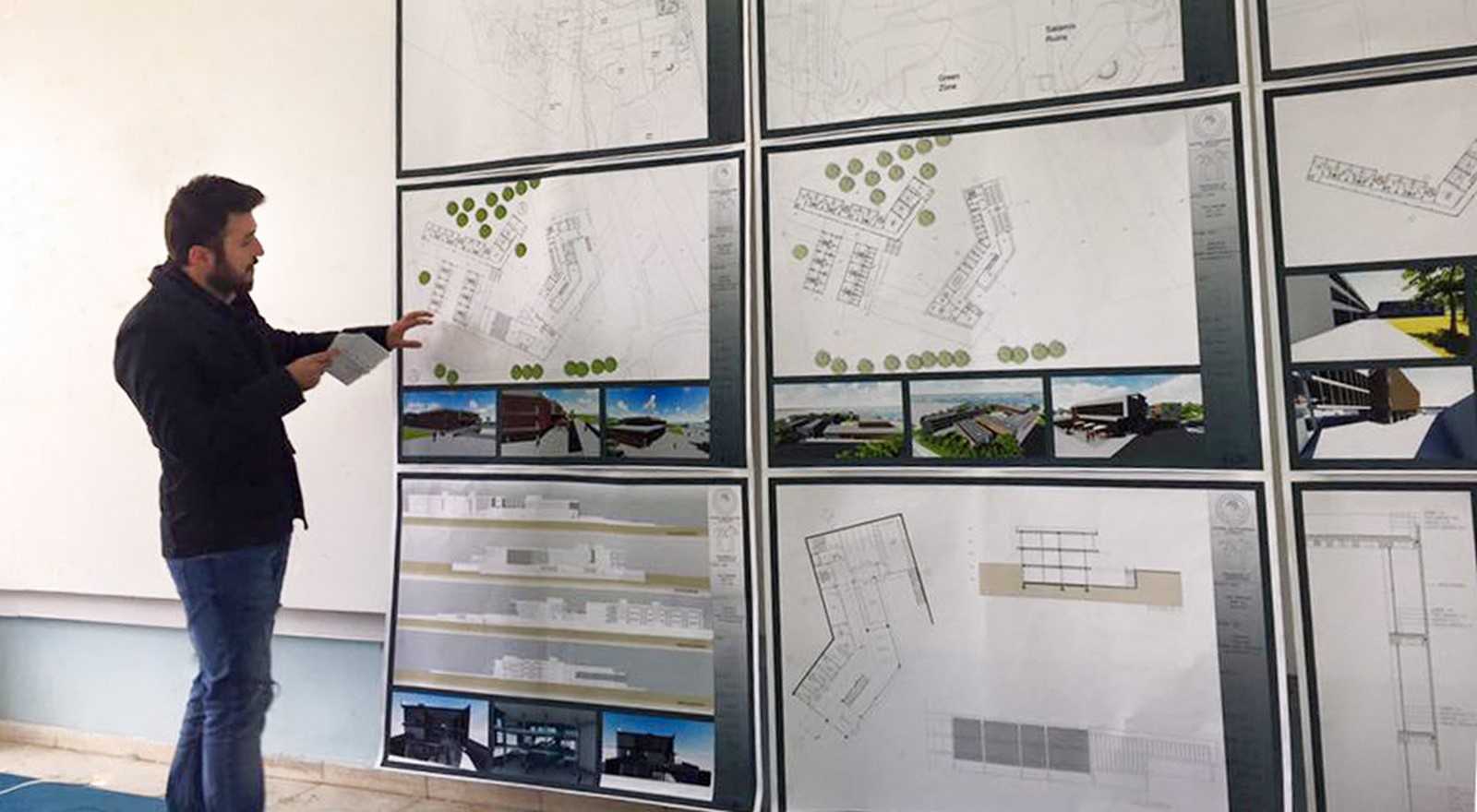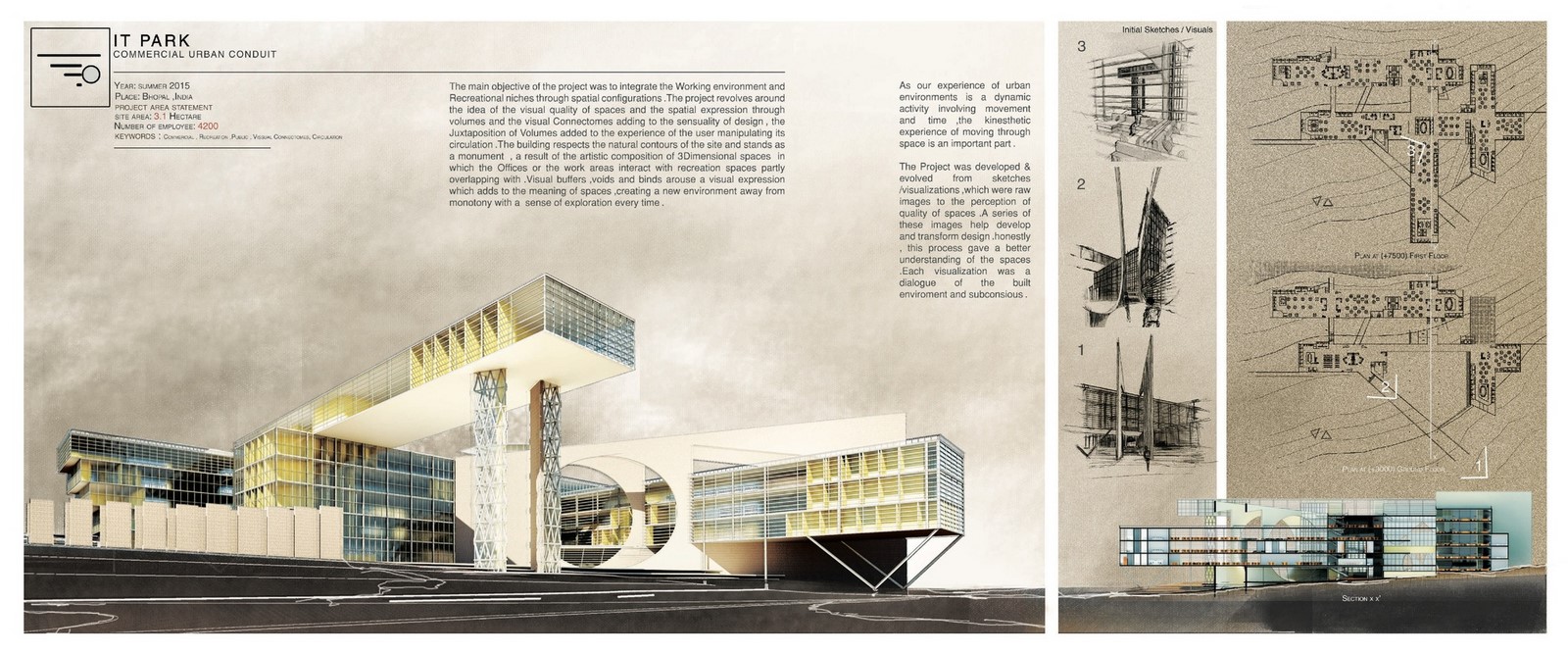
What is the most glorified yet dreaded event of an architecture school? If you thought of an “architecture jury”, you guessed it right! Picturing a jury instantly time-travels us to the day. Images of flooded college corridors, building models, and the flushed faces of students who have appeared for the jury right after pulling an all-nighter are regular situations of the “D-day”.
What is an Architecture Jury?

Image source: Rethinking the future
An architecture jury is an intense viva examination that is an integral part of the architecture curriculum. The central idea of a jury is to provide students with professional feedback on their design works. Academically, a design jury or an architecture jury involves sharing of ideas and reviews related to the project designed by the student.
Although this sounds like an interesting drill, the excitement is often accompanied by qualms. This is because the amount of time, energy, and money invested in creating the design project leave the student tiresome. The fear of not performing well in the jury or receiving negative feedback takes over the better side.
The focus of the student is thus shifted from “presenting their design” to “safeguarding their design” because the academic marks you avail are based on how well the jury turns out.
But, this defies the purpose of a jury which is to prepare you for the practical world as a professional architect. Hence, it is important to consider juries as an opportunity to learn and not just score.
Develop a positive outlook towards juries and learn to manage your anxiety by making use of these ideas to do away with those architecture jury blues.
Schedule the Mission

Image source: Pexels
Plan a schedule to draw, ink, render and sketch your design drawings. Spread the activities in a manner that provides you with 1-2 contingency days to do presentational work. Organize the sheets by keeping them in order before the final submission.
Seek reviews from your teachers and seniors so that you are better prepared to answer similar questions asked by the juror. A significant yet underrated part of design jury pre-preparation is to appear peaceful and presentable.
Since the first impression is the last impression, groom yourself, have a good sleep, and eat well to avoid looking unhealthy. During the jury, students preparing models on the college campus is a common sight.
Try not to belong to that wagon as neither does the model turn up presentable and nor do you. Instead, the best thing to do before the architecture jury is to sit down and revisit your design process.
Gear Up With a Good Presentation

Image source: Rethinking the future
It is popularly believed that the first few minutes of the architecture jury decide its fate. And most of us would agree to it, wouldn’t we? This is because based on what you present in that time, the juror develops a preconceived notion of your design which pretty much stays consistent throughout the jury.
Hence, it is important to make an impressive presentation. Now, what makes a presentation good or bad is how effectively you explain your design concept.
Pen down your ideas and do jury mock-ups in front of the mirror. This exercise will help you in monitoring your expressions, tone, and attitude which are important aspects of the jury.
If you have sketches to explain your design process, gather them in a file and use them to reflect upon your creativity. It is easy to break under peer pressure, so avoid peeking into your friend’s sheets.
Do not stand outside the jury hall to ask students if their juries went well. Rather you must focus on your design and be confident about your work.
Prepare a concept note which is precise, value-rich, and specific to your design. Develop a flow in your presentation by explaining the stages of design evolution such as zoning, massing, planning, and services integration.
A pro tip here is to carry a pencil and sketchbook to the jury to do some impromptu sketches to create an impression on the jury. Nothing creates a mark on design professionals, more than an instinctive streak of creativity.
Take the Onus
Excellent, good, bad, mediocre, ugly – come what the feedback, your design is your design! This is an undeniable fact that many of us learn the hard way.
The human tendency to play the blame game in between the teachers, friends, and seniors lends no help because the damage has been done. While it is understandable to feel heartbroken for bad design jury feedback, it is for you to prepare yourself.
Design is subjective and not everyone will like your creative approach. So, prepare yourself for the worst while you aim for the best. However, do not intend to agree with the jury on points where you think your design is justifiable. Be humble enough to respect the juror’s review and strong enough to explain your ideas.
Considering the COVID-19 outbreak, if you are appearing for an online jury, it is difficult to put forth your point. It might be difficult to interpret the scale of drawings, design details, and ideas through the digital medium. So, brace yourself for some rough patches and sail through the tide.
You Must Not Zone Out
An architecture jury can last anywhere within a range of 10- 30 minutes. While the jury is an important event, there is a possibility for distraction. The jury hall is filled with overwhelming sights and it is only natural to get carried away.
Looking towards the door, analyzing the expressions of your friend’s juror, looking at someone’s design model are all activities that we unknowingly do and eventually get lost in the process. Keep stirring yourself out for irrelevant tasks and focus on your work. Pay attention to what your juror has to say and make a note of it.
Even if the jurors are talking amongst themselves, do not divert your attention to something else. Keep a cheerful face and review your sheets while the juror is away and busy. Be physically and mentally present in the moment as zoning out might cost you missing the explanation of an important idea that could make your design shine.
Final Thoughts
An architecture school is the only place where you can take the liberty of learning from mistakes. So, consider the design jury as an opportunity to view your design from a different perspective. Take things in the right stride for it is preparing you for a wholesome career in architecture that lies ahead.
The architecture degree teaches you much more than design. It establishes the importance of punctuality, multi-tasking, adaptability, and communication. All these qualities combined will help you grow as a better future professional.
Consider the jury is a miniature version of professional-client dealings- that being the end goal. So, use the architecture jury reviews to mold yourselves into being a fully-rounded master architect.
